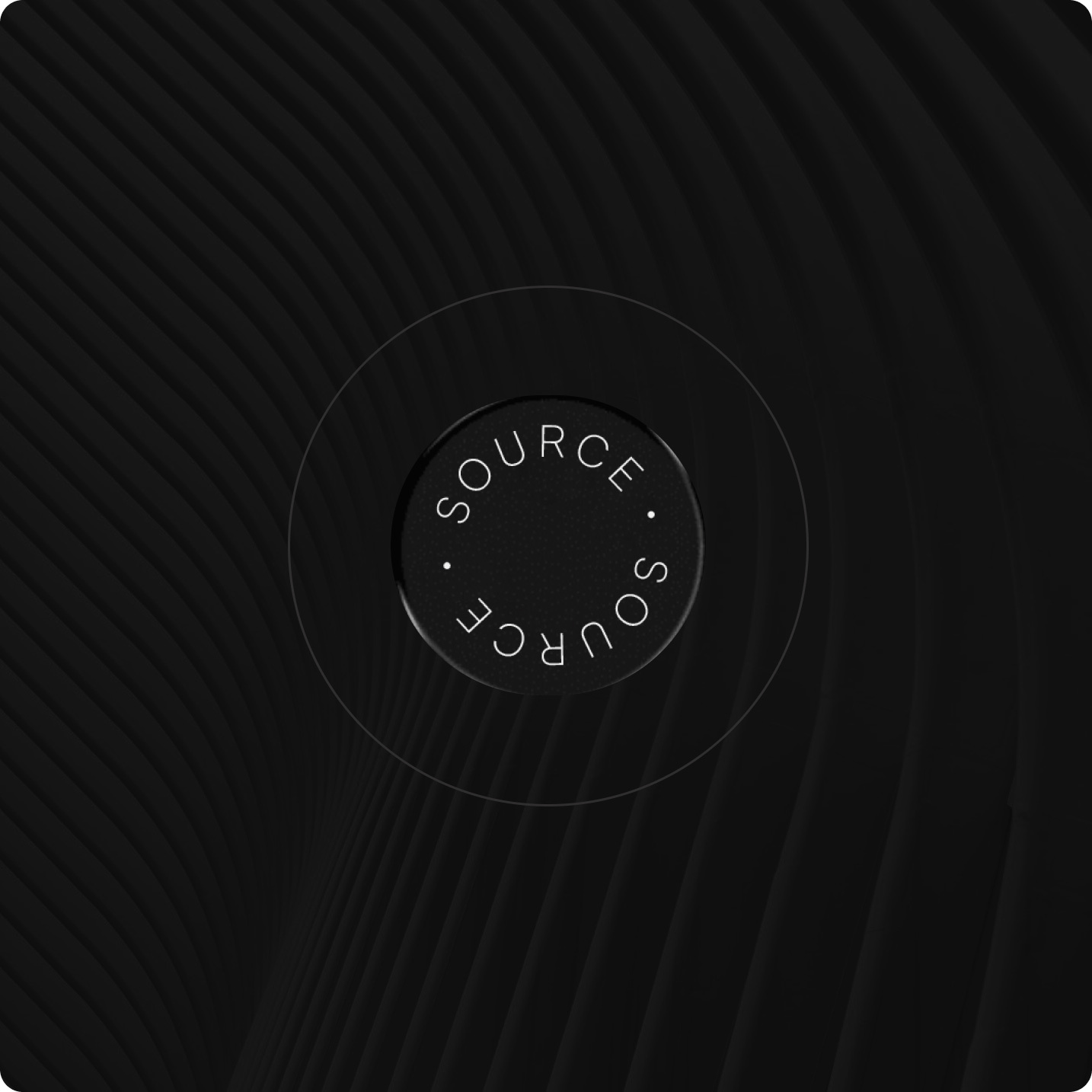Set Boundaries for Work-Life Balance
One of the biggest advantages of remote work is the ability to set your own schedule. However, this flexibility can sometimes lead to blurred boundaries between work and personal life. To maintain a healthy work-life balance, it is crucial to establish clear boundaries. Define specific office hours that align with your productivity peaks and communicate them to your team and superiors.
By setting boundaries, you not only ensure that your personal time is respected, but you also create a disciplined routine that enhances productivity. Taking regular breaks and stepping away from the screen during non-working hours are essential practices that promote mental well-being and overall job satisfaction.
Cultivate Meaningful Connections
The absence of in-person interactions in a remote work setup can make employees feel isolated. To counter this, leverage digital communication tools to stay connected with colleagues. Regularly engage in virtual team meetings, video calls, and chat sessions to foster camaraderie and maintain strong working relationships.
Pay attention to nonverbal cues during video calls, as they contribute to effective communication and understanding. Engaging in small talk and participating in team-building activities also contribute to building a sense of belonging within the remote team.
Create a Structured Workday
Without the physical boundaries of an office, it is easy to lose track of time and succumb to distractions. Creating a structured workday is essential for maximizing productivity as a remote employee. Divide your day into distinct blocks, allocating specific time slots for tasks, breaks, and personal activities.
Utilize productivity techniques like the Pomodoro method, which involves working in short bursts followed by brief breaks. This approach not only helps you stay focused but also prevents burnout. Prioritize tasks based on deadlines and importance, ensuring that you tackle high-priority items during your peak productive hours.
Set Realistic Daily Goals
Goal setting is a powerful practice that fuels motivation and progress. As a remote employee, establish realistic and achievable daily goals. Break down larger projects into smaller, manageable tasks to maintain a sense of accomplishment throughout the day.
Creating a to-do list at the beginning of each workday provides clarity and direction. Crossing off completed tasks instills a sense of satisfaction and drives momentum. Regularly review your progress and make adjustments to your goals as needed to maintain a sense of direction and purpose.
Embrace Continuous Learning
Remote work offers opportunities for continuous learning and skill development. Take advantage of online courses, webinars, and virtual workshops that align with your professional goals and interests. Upskilling enhances your value as an employee and keeps you relevant in a rapidly evolving job market.
Additionally, seek feedback from colleagues and supervisors to identify areas for improvement. Embrace constructive criticism and use it as a catalyst for personal and professional growth.
Foster a Positive Workspace
Your work environment significantly impacts your productivity and overall well-being. Designate a specific area in your home as your workspace and ensure it is free from distractions. Invest in ergonomic furniture and lighting to create a comfortable and conducive work atmosphere.
Personalize your workspace with motivational quotes, plants, or photos to make it an inspiring and uplifting place. A positive and organized workspace enhances focus and creativity, ultimately contributing to your success as a remote employee.
Conclusion
Becoming a successful remote employee requires a combination of discipline, adaptability, and interpersonal skills. By setting clear boundaries and maintaining a healthy work-life balance, remote employees can avoid burnout and sustain long-term productivity. Cultivating meaningful connections with colleagues through digital channels fosters a sense of belonging and strengthens teamwork.
Creating a structured workday, setting realistic daily goals, and embracing continuous learning fuel professional growth and achievement. By fostering a positive and organized workspace, remote employees can optimize their productivity and well-being. Armed with these strategies, remote employees have the tools to thrive in the digital workplace, achieving success and satisfaction in their careers.




